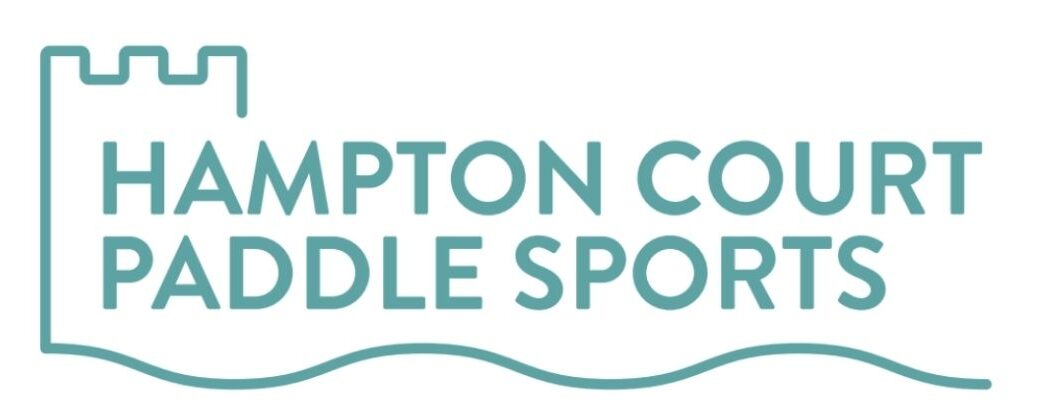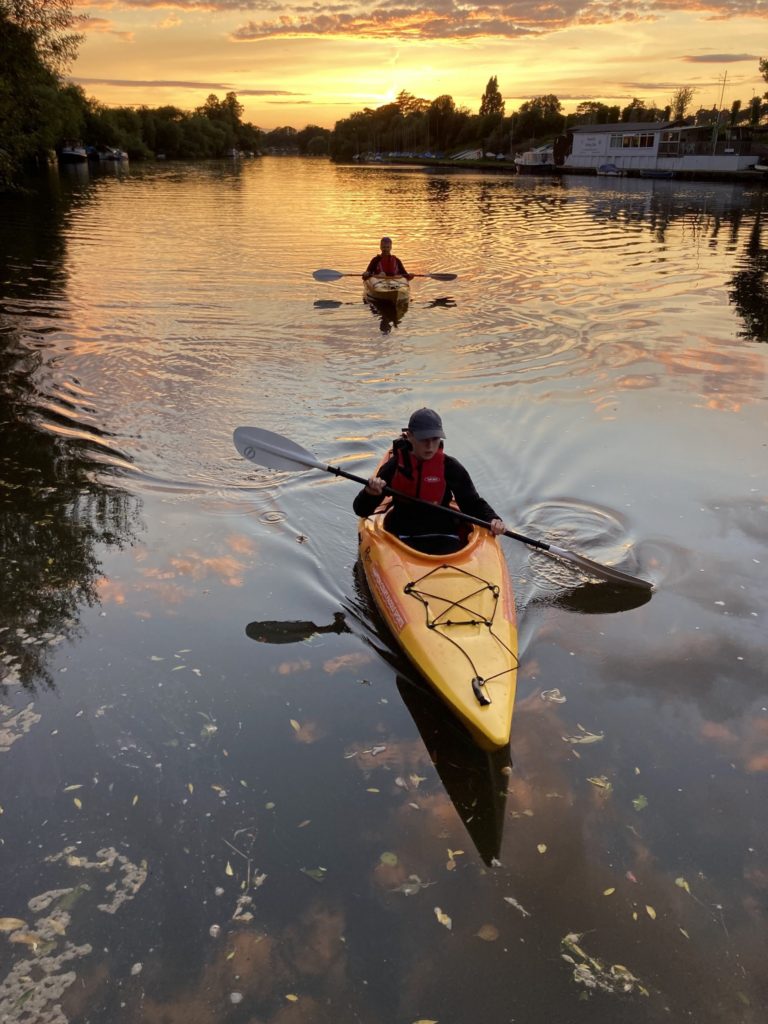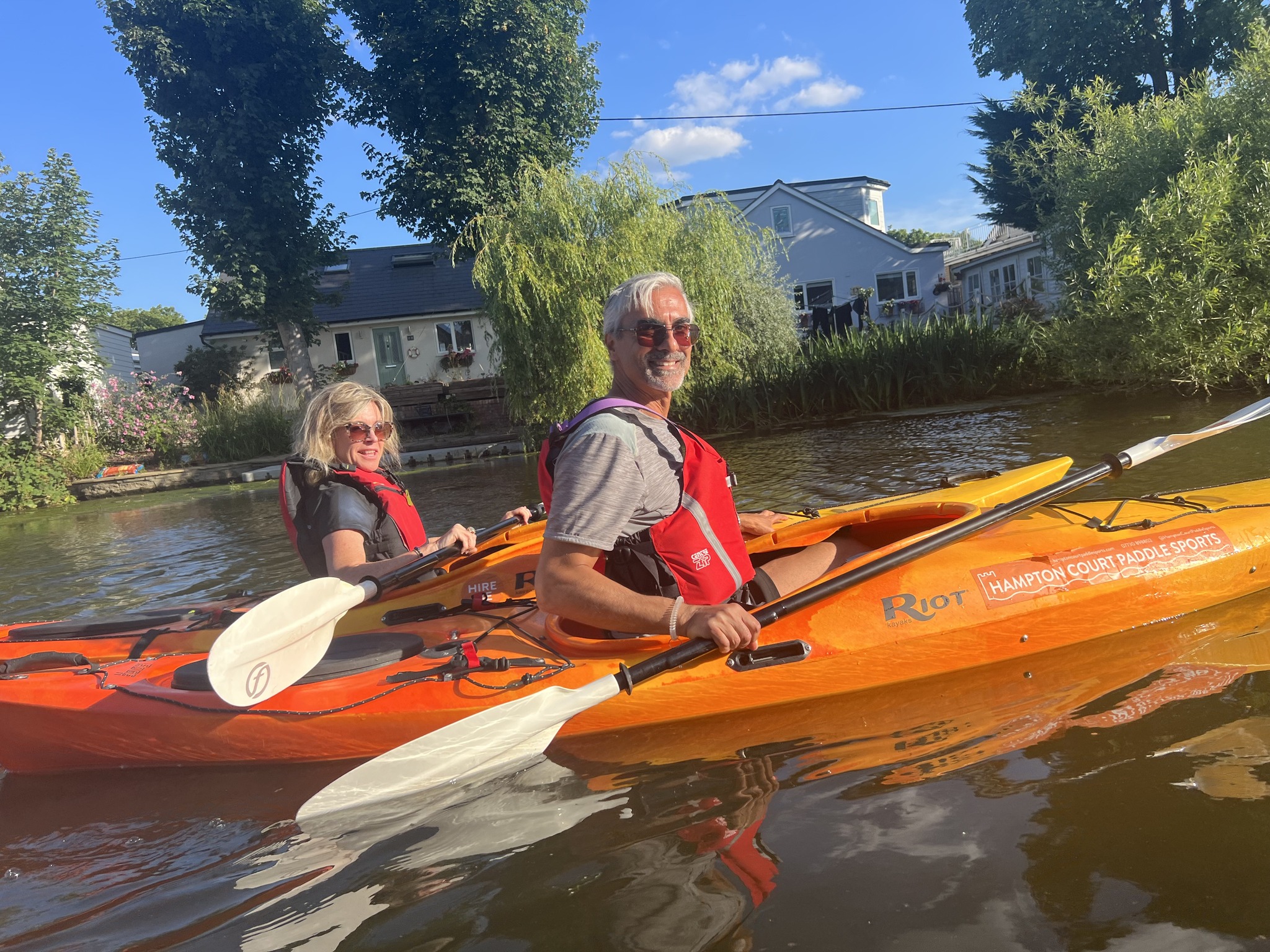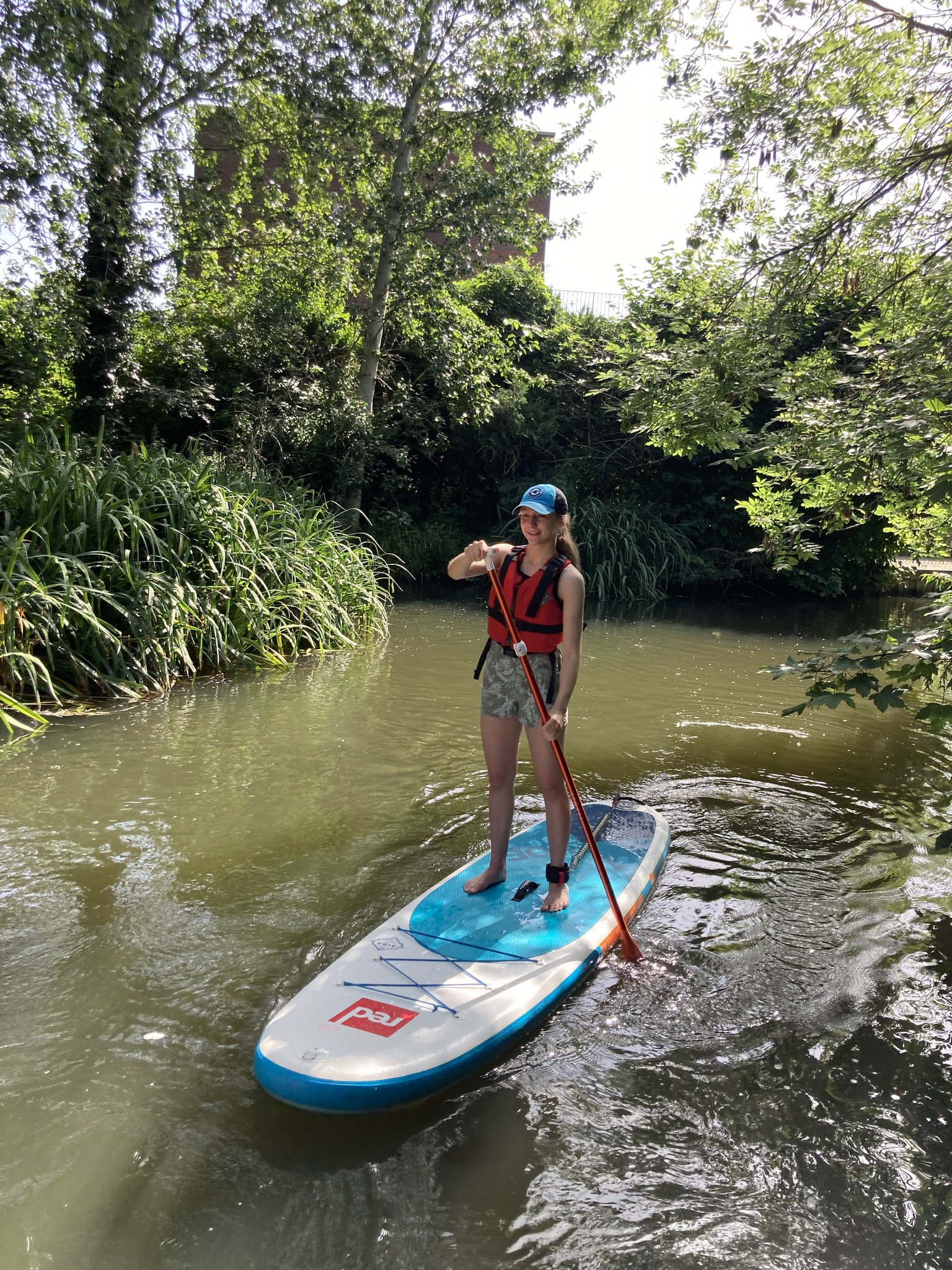When choosing a kayak, The first question you need to answer is where you will be padding most often and what type of water you will be paddling it on.
Where will you be paddling most often?
Will you paddle here on the Thames or venture onto whitewater or even the sea?
Types of water
Although kayaks aren’t categorized by the type of water they are best suited for, it’s still helpful to think of them that way.
Slow moving rivers
An example is our local stretch of the non-tidal River Thames in summer. Slow-moving rivers offer paddlers some of the most enchanting paddling environments in nature, but they generally require a stable and highly manoeuvrable kayak. Thus, this is where both recreational sit-inside kayaks and shorter sit-on-top kayaks shine since their width, short lengths, and plastic construction are perfect for the job.
Ponds and lakes
Local ponds and small lakes are often excellent places to paddle because they are usually protected from wind, and boat traffic is generally light if you stay near the shore. Ponds and small lakes are the perfect waters for paddling recreational sit-inside and sit-on-top kayaks.
Coastlines
Coastlines offer paddlers a wide variety of waters to explore. However, paddling along a coastline also subjects paddlers to the effects of wind, waves, currents and tides. Whilst longer recreational sit-inside kayaks and longer sit-on-top kayaks are suitable for paddling in protected waters along coastlines, day touring and expedition kayaks with either skegs or rudders are best suited for paddling in open water along coastlines.
Some techie stuff that may help
So, now that you know all about the differences between sit-inside and sit-on-top kayaks and the different categories of kayaks and places to paddle. It’s useful to look closely at some technical aspects of kayak design.
Length
When choosing a kayak, it’s important to be aware that the longer it is, the faster it is. Longer kayaks require less effort from the paddler to propel them, while the opposite is true for shorter kayaks. But at the same time, the longer a kayak is, the more difficult it will be to turn. Manoeuvring a longer kayak requires the paddler to develop good paddling skills – the best way is to sign up for one of our lessons or courses. Shorter kayaks are a better choice when the ability to turn quickly and easily is important.
Cockpit size
While all sit-on-top kayaks have open cockpits and all sit-inside kayaks have decked cockpits, the size of the cockpit opening on a sit-inside kayak can range from small to large.
Small cockpits provide the paddler with a snug fit, which, in turn, provides greater control of the kayak and more protection from the elements in rough seas. But, simultaneously, they make the kayak more difficult to enter and exit.
Larger cockpits, on the other hand, are specifically designed to provide easy entry and exit for the paddler, but they also expose the paddler to the elements.
Seats
A comfortable kayak seat is important because you will spend much time sitting in it.
So, it is wise to spend the extra money on a truly comfortable seat when choosing a sit-on-top kayak and to purchase and install a specialized kayak seat pad when choosing a sit-inside kayak – or just buy a kayak with a comfortable, adjustable seat.
Skegs and rudders
Skegs and rudders are designed to keep a kayak travelling in a straight line when paddling in with wind and currents. A skeg is fixed, while a rudder is adjustable. Paddlers have debated which one is better for as long as the two systems have existed.
Skeg
A skeg is a fixed or retractable fin that is located on the bottom of the kayak, at the stern (back) and can be either moulded into the hull or designed so that it can be extended and retracted by the paddler. However, it cannot be rotated to steer the kayak. Thus, small fixed skegs are commonly featured on recreational and inflatable kayaks, while retractable skegs are usually only featured on a day touring and expedition kayaks.
Rudder
Similar to a skeg, a rudder is also a fin that extends below the water line at the stern and aids the kayaker in maintaining their course. However, unlike skegs, rudders can rotate from side to side, and the rudder’s position is controlled either by hand at the cockpit or by foot pegs inside the cockpit.
Load capacity
Load capacity refers to the total weight a kayak can safely carry and includes the paddler and any food, water, and gear they may store in the holds. When choosing a kayak, it’s important to note its load capacity so you can choose one with enough capacity to meet your needs.
Construction materials
Last but not least, when choosing a rigid kayak, you will also find the need to choose between plastic and composite construction. So it’s also important to be aware that each material has advantages and disadvantages.
Composites – Kayaks made from composite materials are the favourite choice of experienced paddlers who are looking for a high-performance kayak for day touring, multi-day kayak camping trips, and racing because composite kayaks are more rigid than plastic kayaks. In addition, composite materials can be moulded into far more efficient hull designs than plastic. Therefore, kayaks made from composite materials such as fibreglass, Kevlar, and carbon fibre are much lighter and faster than kayaks thermo-moulded from plastic.
Polyethene – Kayaks rotomolded from polyethene plastic are the least expensive, rigid, and heaviest of any type of kayak. However, polyethene kayaks are also much tougher than composite kayaks, and thus, they are the best choice when a rugged kayak is needed for landing on rocky shores or playing in rock gardens. They are also a great choice for families where a kayak is shared, and you don’t want to be too precious about it.
On the other hand, polyethene models are not as well suited for touring or long-range expeditions because they are relatively heavy, and thus, they require more effort to paddle. In addition, plastic kayaks are also more difficult to load, unload and transport to and from the water due to their significantly heavier weight.
So, if you prioritise lightweight and high performance, choose a composite kayak. But, if durability and expense are your main concerns, choose a polyethene kayak and, for a compromise between the two, choose an ABS plastic kayak.
Regardless of which kayak you choose, stay safe and have fun paddling!



